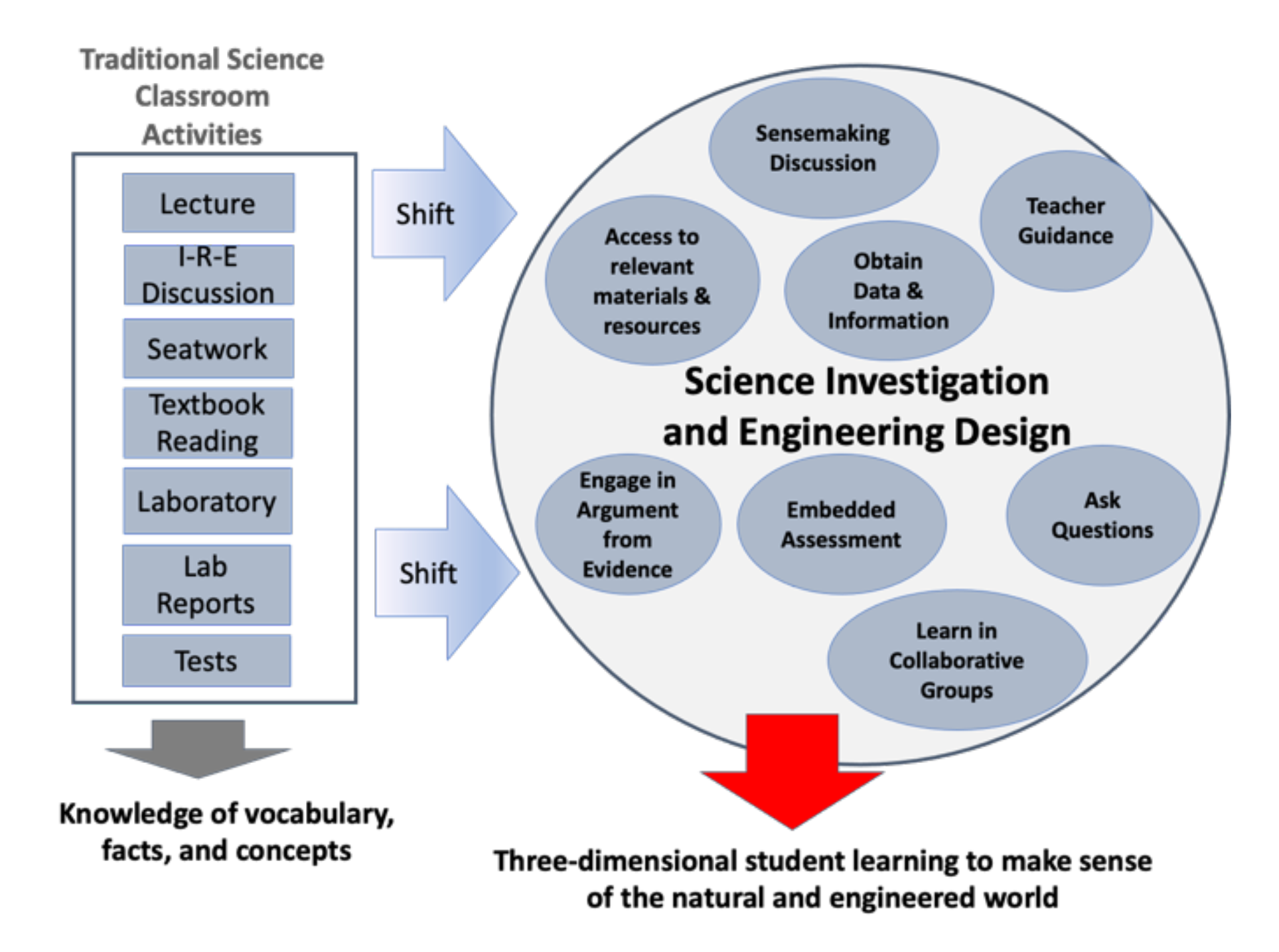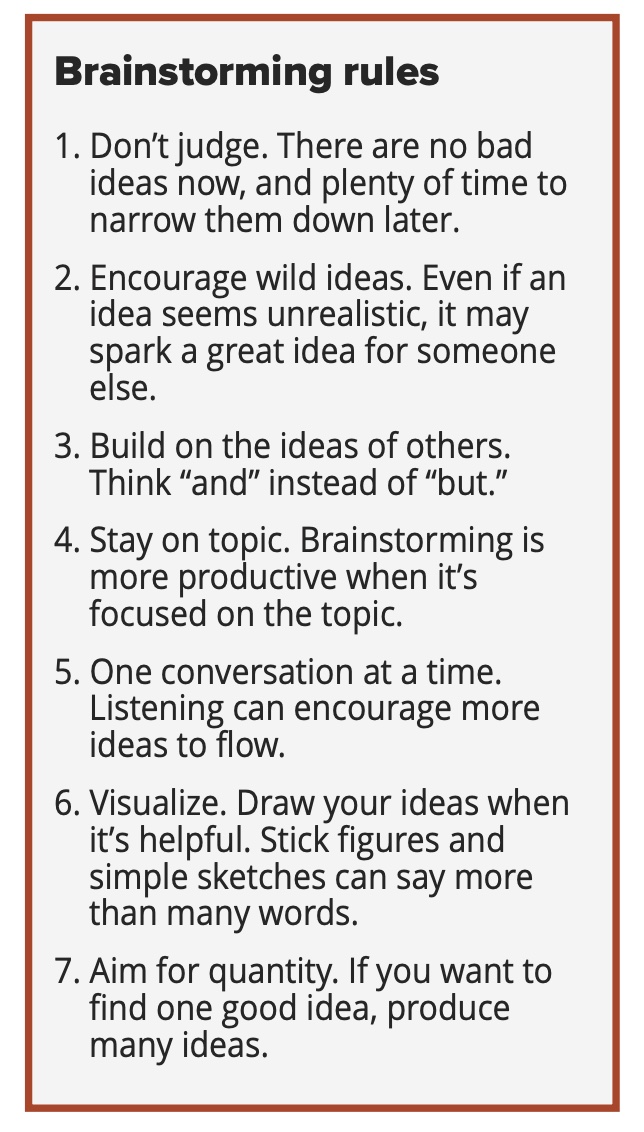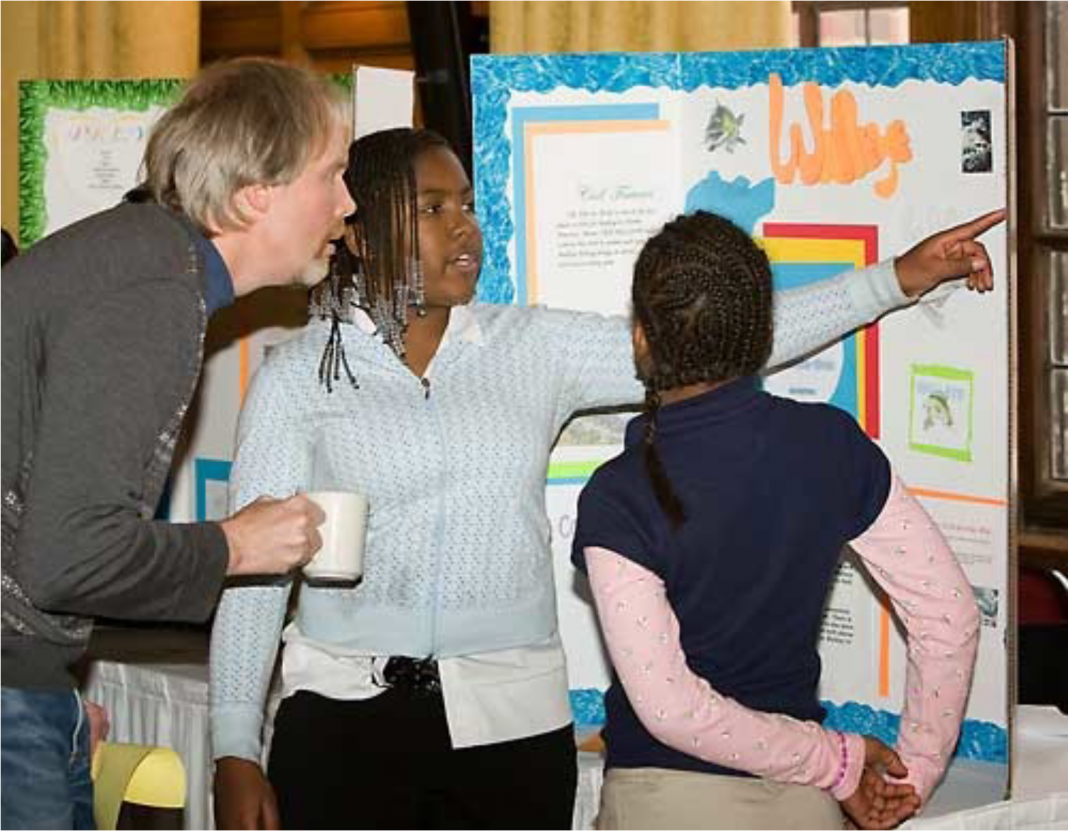Nancy Butler Songer, from the University of Utah, makes a call for collective action to create a new curriculum focused on the design of solutions
June 5, 2023, marked The United Nations Environment Programme’s (UNEP) fiftieth anniversary of World Environment Day, the largest global platform for environmental public outreach. Hosted by Côte D’Ivoire, this year’s celebration emphasized a need for collective action and policy to realize known solutions, such as the sustainable design of products and materials to reduce how much plastic waste flows into aquatic ecosystems.
Celebrating World Environment Day
World Environment Day helps us to recognize that to address many current environmental, educational, health, and economic challenges that have foundations in Science, Technology, Engineering, and Mathematics (STEM) disciplines, we cannot rely on individuals or even experts within one area of science, technology, engineering, mathematics, or education. We must innovate with, study, and empower students, teachers, community members, and university and industry partners toward collective action.
Our planet is home to 1.8 billion young people between 10 and 24, who comprise the largest generation of youth in our history. Many young people are increasingly aware of the challenges of environmental and health issues, and many are motivated to explore solutions even if their formal schooling rarely provides learning opportunities to innovate and design.
Lack of interest in STEM education
In the United States, research shows that students begin losing interest in core subjects such as math and science as early as middle school (George, 2006). This lack of interest is understandable; many STEM curriculum programs for pre-university students emphasize textbook-driven learning, formulaic laboratory exercises, or lectures. Research studies suggest that traditional learning approaches can lead to knowledge of vocabulary, facts, or concepts but not to conceptual understanding of STEM topics or problem-solving (NASEM, 2019).
To train the solution-creators we desire, we need curricular programs that foster problem-solving, collaboration, communication, creativity, and the generation of solutions to local problems so that students know their STEM education has value, not only during their school years but long after.
We must rebuild curricular programs toward activities that shift student learning from the passive learning of facts to active learning emphasizing problem-solving and engineering design.

Pre-college learning emphasizing the engineered design of solutions
We have created and evaluated a learning approach for students aged 10-18 called solutioning that guides youth in scientific investigation and engineering design to solve local environmental problems. This approach mirrors the work of professionals, as, for example, engineers do not isolate their knowledge of engineering and science but instead rely on a natural interchange between scientific reasoning and engineering design to address real-world problems.
The solutioning curricular approach consists of five phases: Engage, Explore, Explain, Engineer, and Educate. The unit begins with a local government agency inviting young people to use their STEM expertise to help design solutions to a particular environmental issue, such as non-native insects’ disturbance of ecosystems.
Participating in engaging science activities and sharing what they have learned allows students to develop a sense of identity as a member of the scientific community, thus driving interest to pursue other experiences, or even careers, in science.
Perhaps most importantly, it helps youth to have productive outlets for their expertise and STEM education and to realize the value of their knowledge when they educate others.
The learning activities and final products of a solutioning program often look different than those in a traditional STEM classroom. For example, students charged with designing a trap to collect the invasive Spotted lanternfly began by conducting field-based observations on local organisms and researching their chosen invasive insect.
An engineering design process followed the research, including a review of brainstorming rules and creating multiple sketches. Teams then worked cooperatively to evaluate their designs, build their optimal solution, test it, and share it with others.
Research studies demonstrate that curricular programs with these design elements can increase interest and motivation, test performance (Songer & Ibarrola Recalde, 2021), retention of learned content, and an increased sense of agency (NASEM, 2019).

Embracing STEM education
As we recognize the essential need for problem-solvers and designers, let’s embrace the idea that formal schooling must provide more than exposure to or memorization of STEM topics. We must embrace programs like solutioning that empower and train the leaders we need to realize the policies and solutions for our futures.
References
- George, R. (2006). A cross-domain analysis of change in students’ attitudes toward science and attitudes about the utility of science. International Journal of Science Education, 28(6), 571–589. http://doi.org/10.1080/09500690500338755
- National Academies of Sciences, Engineering, and Medicine [NASEM]. (2019). Science and engineering for grades 6-12: Investigation and design at the center. The National Academies Press.
- Songer, N.B. and Ibarrola Recalde, G. (2021). Eco-Solutioning: The design and evaluation of a curricular unit to foster students’ creation of solutions to address local socio-scientific issues. Frontiers Educ. 6:642320. http://doi.org/10.3389/feduc.2021.642320

This work is licensed under Creative Commons Attribution-NonCommercial-NoDerivatives 4.0 International.


